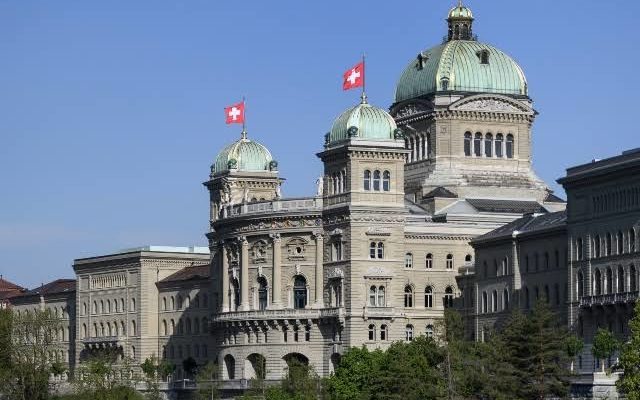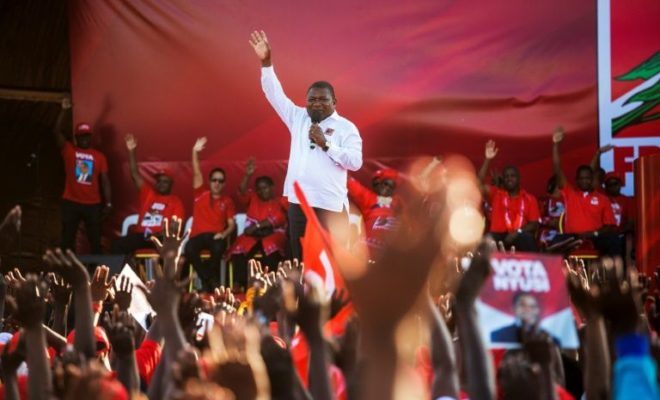The Swiss Federal Election held on the 20th of October has been described as a green wave due to the surge in support for the Green parties. Here are highlights of the pivotal vote:
In Contention
Voters elected 245 of the Federal Assembly – all 200 members of the lower house of parliament known as the National Council and 45 of the 46 members of the upper house, known as the Council of States.
Who Won?
The Swiss People’s Party (SVP) which won over voters in 2015 with its anti-immigration campaigns, won the most votes in this election, albeit signifying a rebuke of the party. It won25.6 per cent of the votes in the National Council, which amounts to 53 seats, less than the 65 it received in 2015.
Coming second and third, respectively, the Social Democratic Party (PS) and the FDP. The Liberals (FDP/PLR) both lost grounds compared to the last election. The PS received 16.8 per cent, a two-point drop from 2015 which amounts to 39 seats. The Liberals got 15.1 per cent of the votes, controlling 29 seats in the lower house.
A surge in support for the Green Party (GPS) saw it win 13.2 per cent of the votes, amounting to 28 seats, displacing The Christian Democratic Party (CVP/PDC) which won 25 seats as the fourth largest party in the National Council. Similarly, the Green Liberal Party (GLS) saw its popularity rise with 7.8 per cent, more than double the number of seats it got in 2015 from seven to 16.
The final results for the election of members of the Council of States are incomplete as a second round of voting in 13 of the 26 cantons are required.
More Women In Parliament
The election saw a historic number of women elected into the Swiss parliament. According to data from Swissinfo, the percentage of women in parliament rose from 32 per cent to 42 per cent. The world average in 2018 was 24 per cent.
Will This Result Affect the Federal Council?
The Swiss Federal Council, the seven-member executive council that serves as the Head of Government of the Swiss Federation is elected based on an unofficial model called the magic formula.
The seats are assigned to the four largest political parties in parliament based on their vote shares in the latest general election. With the Green Party’s displacement of the Christian Democrats as the fourth largest party, the Greens could have a chance to get one seat in the Federal Council. They would, however, need the support of other parties to pull off the bid for a seat.
Regardless, the results show an increasing concern about climate change and environmental issues.


